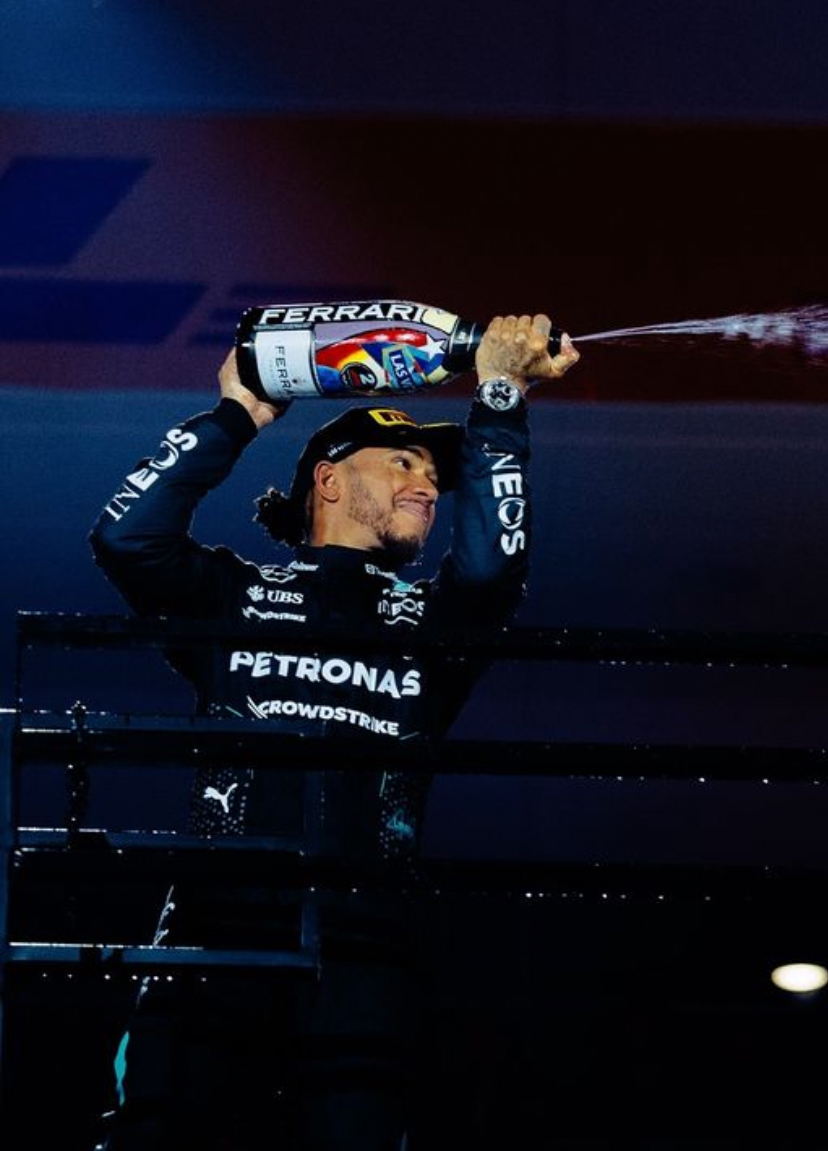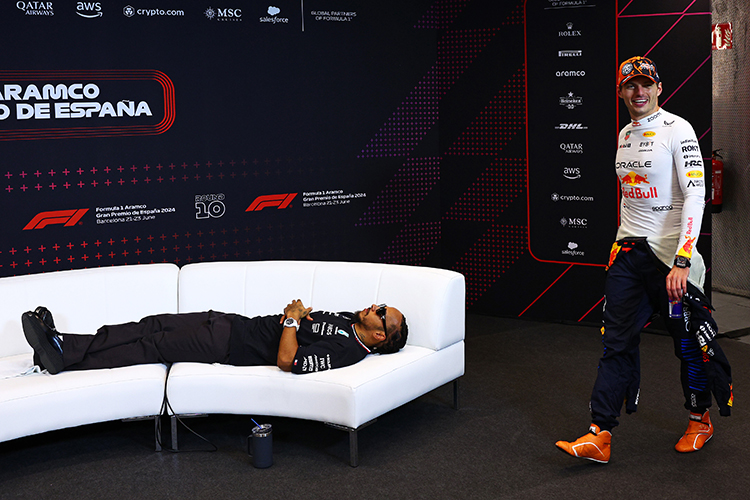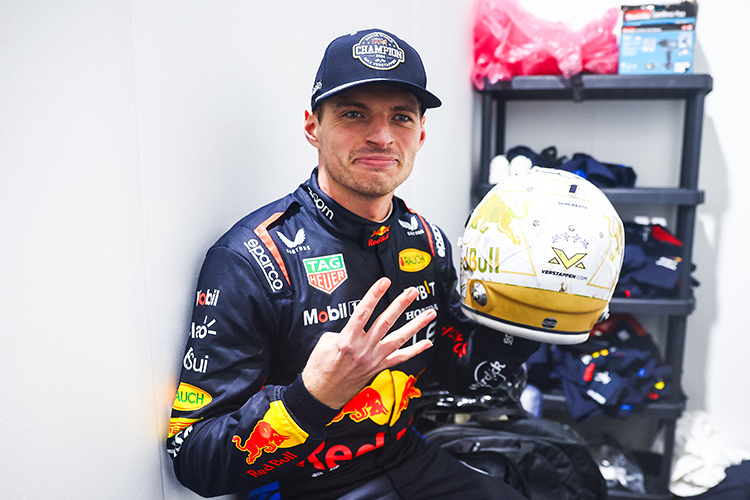How Often Have Reserve Drivers Been Used in Recent F1 Seasons?

Formula 1 World Champions: A legacy of racing legends
How often has a reserve driver been used in recent F1 seasons?
Explore how often reserve drivers have been used in recent Formula 1 seasons. From the COVID-19 pandemic to injury replacements, discover the rise of reserve drivers in F1.
In recent Formula 1 seasons (2020–2023), reserve drivers have seen a significant increase in race appearances, with 10-12 instances each year. This marks a notable rise in usage compared to previous decades. Drivers like Nico Hülkenberg, Robert Kubica, Pietro Fittipaldi, and Liam Lawson have stepped in under high-pressure circumstances, demonstrating their importance in modern F1.
The Role of Reserve Drivers in Modern F1
Reserve drivers have long been an essential part of Formula 1, stepping in when main drivers are unavailable. However, their frequency of use has increased in recent years, driven by factors such as injuries, illnesses, and, most notably, the COVID-19 pandemic. Let’s take a closer look at how often reserve drivers have been called upon in recent seasons and their growing importance in F1.
The COVID-19 Era and the Surge in Reserve Driver Appearances
The COVID-19 pandemic created unprecedented challenges for Formula 1, with reserve drivers playing a crucial role during the 2020 and 2021 seasons. Positive tests sidelined several regular drivers, opening the door for reserves to step in and perform under high-stakes conditions:
2020 Season Highlights
- Nico Hülkenberg (Racing Point): Hülkenberg substituted for both Sergio Pérez and Lance Stroll, finishing seventh at the 70th Anniversary Grand Prix after limited preparation.
- George Russell (Mercedes): Russell replaced Lewis Hamilton at the 2020 Sakhir Grand Prix after Hamilton tested positive for COVID-19, coming close to winning but ultimately losing out due to a pit stop error.
2021 Season Highlights
- Robert Kubica (Alfa Romeo): Kubica replaced Kimi Räikkönen during the Dutch and Italian Grands Prix after the Finnish driver tested positive for COVID-19.
Injury Replacements: Another Key Factor in Reserve Driver Usage
Injuries have also played a significant role in the need for reserve drivers in recent seasons. These incidents highlight the importance of having a capable backup ready to step in at a moment's notice:
2023: Daniel Ricciardo’s Injury
When Daniel Ricciardo broke his hand during practice at the Dutch Grand Prix, Liam Lawson filled in for AlphaTauri. Lawson impressed with consistent performances, including a strong ninth-place finish in Singapore.
2020: Romain Grosjean’s Bahrain Crash
After Romain Grosjean’s fiery crash in Bahrain, Pietro Fittipaldi substituted for him in the final two races of the season, driving for Haas.
Trends in Reserve Driver Usage
Reserve drivers are now utilized more strategically than in the past, driven by several factors:
- Preparedness for Emergencies: Teams increasingly rely on experienced former F1 drivers like Nico Hülkenberg, who can quickly adapt to an unfamiliar car and provide valuable race performance.
- Young Driver Development: Reserve roles also serve as an important stepping stone for promising junior drivers like Liam Lawson and Nyck de Vries, giving them essential exposure to F1 environments.
- COVID-19 Protocols: The pandemic forced teams to maintain an active reserve driver pool, making substitute appearances more frequent than in previous decades.
Reserve Driver Usage in Numbers
Between 2020 and 2023, reserve drivers made around 10-12 race appearances annually, a sharp increase compared to previous seasons. Prominent figures in this role include Nico Hülkenberg, Robert Kubica, Pietro Fittipaldi, and Liam Lawson, who each contributed in various high-pressure circumstances.
The Growing Importance of Reserve Drivers in Formula 1
The increased use of reserve drivers in recent years highlights their crucial role in maintaining continuity and competitiveness in Formula 1. Whether stepping in due to illness, injury, or unforeseen events, reserve drivers must be ready to perform at the highest level with minimal preparation.
As the sport continues to evolve, the importance of reserve drivers is expected to grow. With the race calendar becoming busier and the driver pool tightening, these stand-in racers will remain an essential part of F1, ensuring that teams can overcome unexpected challenges without compromising their on-track performance.
Up Next



